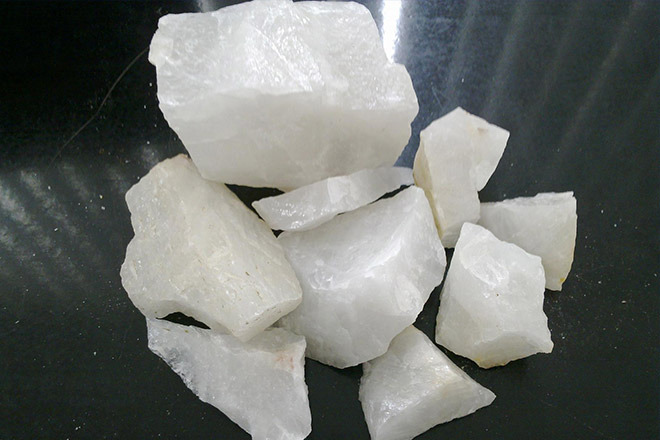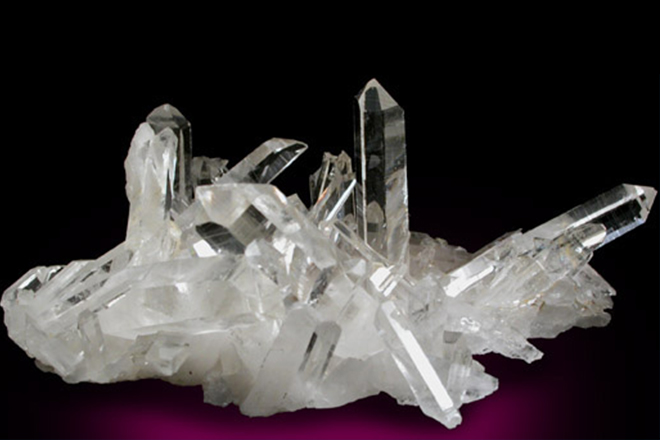Our Product
for view more details click on product name
for view more details click on product name
Silicon dioxide, also known as silica (from the Latin silex), is a chemical compound that is an oxide of silicon with thechemical formula SiO2. It has been known since ancient times. Silica is most commonly found in nature as quartz, as well as in various living organisms. In many parts of the world, silica is the major constituent of sand. Silica is one of the most complex and most abundant families of materials, existing both as several minerals and being produced synthetically. Notable examples include fused quartz, crystal, fumed silica, silica gel, and aerogels. Applications range from structural materials to microelectronics to components used in the food industry.


Silica is the sine qua non of glaze formation: without silica, glaze making is not possible. While one can create sintered masses in the kiln in the absence of SiO2, such concoctions cannot rightly be called glazes.
Silica readily reacts under heat with fluxes and stabilizers to form glass, and it is the amount of silica, (and its ratio to alumina), which determines the fired surface of a glaze. Glazes both over- and under-supplied with silica typically have dry surfaces: too little silica and no glass is formed, and an over supply of silica cannot be fully melted by the fluxes. Glazes typically contain 55-70% silica by weight, and the combined amount of silica and alumina help determine the maturing range of a glaze.
When melted into glass, silica has very low coefficient of expansion (lowest among ceramic oxides, along with boron and alumina), which helps to eliminate crazing. Silica also lends hardness, durability, acid resistance, and tensile strength to glazes, so typically one should use as much as possible for a durable glaze and stronger ware. In addition, high amounts stiffen the melted glaze, allowing for an extended firing range.